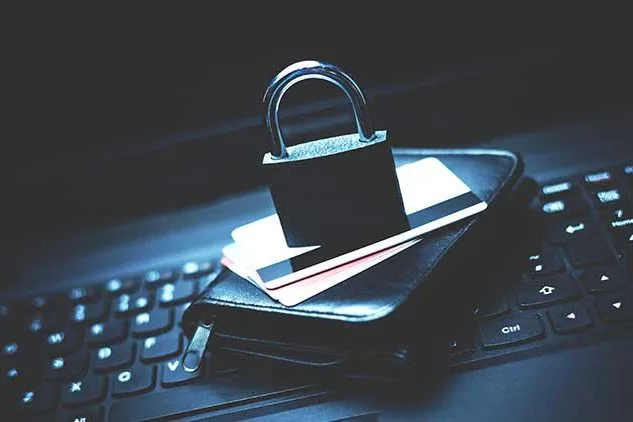How to Prevent Fraud Without Impacting the Customer Experience
How do retail and eCommerce businesses stop fraudsters in their tracks while still providing a frictionless experience to their customers? We’ll look at 4 tactics below.
No retail or eCommerce business wants to deal with fraud. Not only does it heavily impact the bottom line, but it can also pose a risk to sensitive customer information.
However, preventing fraud isn’t as clear cut as you might expect, as many preventative measures are over the top and create major inconveniences for legitimate customers.
So, how do retail and eCommerce businesses stop fraudsters in their tracks while still providing a frictionless experience to their customers? We’ll look at 4 tactics below.
Train Your Employees to Spot Fraud
Being a core line of defense for your business, your employees can do a lot in the way of preventing fraudulent purchases and returns. But training employees to identify red flags isn’t the easiest task. Fraudulent behavior is always evolving, which means employees have to be up-to-date on the latest forms of fraud (and each type’s key identifiers) to spot and stop it when it happens.
For instance, employees need to know what modern phishing scams look like, as they’re no longer isolated to emails and phone calls. At the same time, they need to have a clear understanding of what qualifies as suspicious behavior — like abnormally large purchases or mismatched addresses. The reason being: the identification of suspicious behavior can lead to fraud detection and prevention.
And given that your employees will review online purchases and returns on at least a semi-regular basis, this training can mean the difference between money saved and money lost.
Use Artificial Intelligence
While human eyes and reasoning plays a major role in the detection of fraudulent activity, some fraudsters are sophisticated enough to look legitimate to employees and managers. In this case, having artificial intelligence can be a gamechanger as it can spot anomalies that lie deeper beneath the surface.
With AI, you can better detect concerning patterns that might otherwise go unnoticed or be considered unimportant — and you can do it much faster. As a result, you can green light legitimate customer purchases in seconds rather than minutes while shutting the door firmly on fraudsters.
Two-Factor Authentication
Though it’s been more widely adopted by universities and online businesses in the past, two-factor authentication is quickly making its way into mainstream business models. And for good reason. Two-factor authentication provides a strong defense against all sorts of fraudulent activity — from unauthorized account access to unauthorized purchases — as it requires additional devices, biometrics, or information to complete the request.
However, two-factor authentication can quickly become cumbersome and frustrating for customers who simply want to make a purchase and go on with their day. So, if you choose to go the route of two-factor authentication, you’ll want to keep the process as streamlined and minimal as possible.
Partner With an Omnichannel Provider
Even with the right training and tools, accepting the liability for fraudulent activity is undesirable. After all, the risk associated with fraud will never entirely go away, and mistakes will inevitably be made sometime.
However, there are omnichannel OMS providers out there that offer top-notch fraud protection services while reducing your liability to zero. Radial is one of these providers. Using consortium data, machine learning, and human insight, our team pulls out all the stops to detect fraudulent activity before it impacts your business. At the same time, we offer a zero fraud liability guarantee to protect your eCommerce or retail businesses from the rare fraudster who may slip through the cracks. This ensures that your business is protected on all sides from serious revenue loss due to fraud.
Although fraud is growing more sophisticated all the time, retail and eCommerce businesses have a lot of tools at their disposal to combat it. Whether you trust people, artificial intelligence, or a combination of the two to mitigate your fraud risk, you can effectively do so without inconveniencing your customers.
